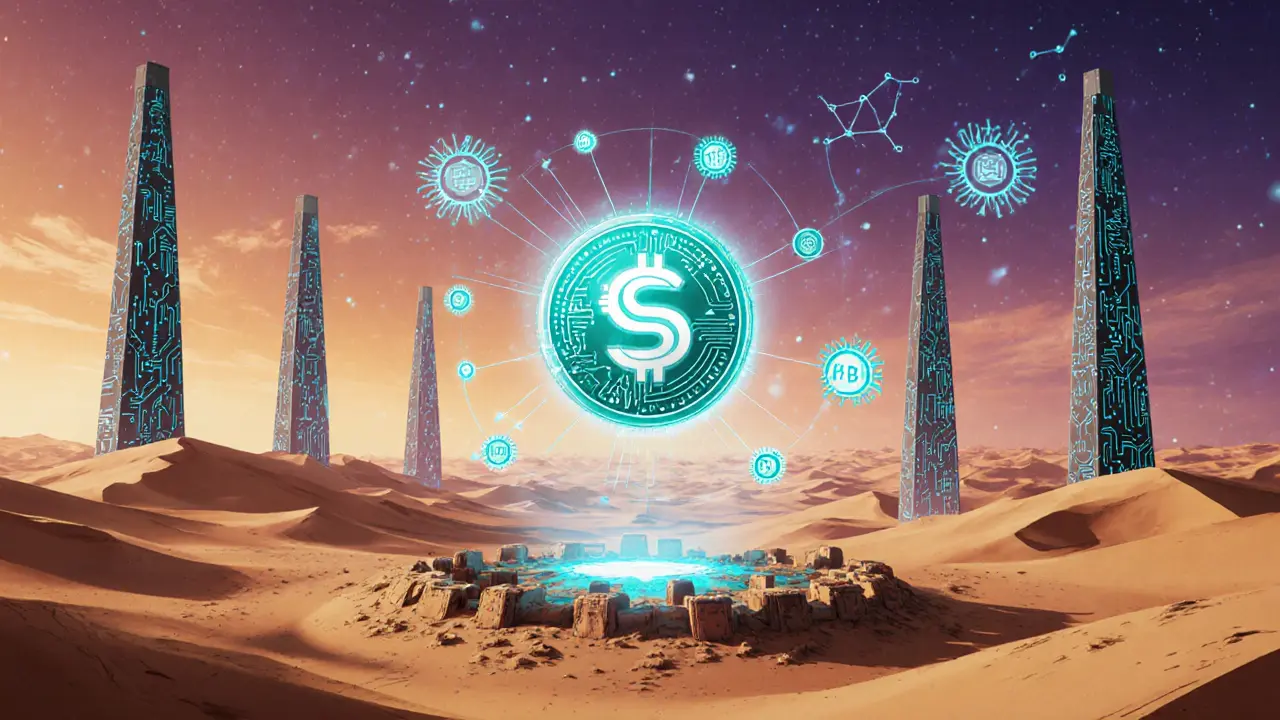SAHARA token – What it is and why it matters
When you start looking at SAHARA token, a community‑driven crypto asset that launched on Binance Smart Chain in 2023. Also known as Sahara, it aims to combine low‑fee transactions with a utility‑rich ecosystem for gamers, DeFi users and content creators. The SAHARA token encompasses a clear tokenomics model, requires a reliable blockchain, and is shaped by evolving cryptocurrency regulation. In short, its design tries to balance investor incentives, network performance and legal compliance.
One of the core pillars of the project is its tokenomics, the set of rules that govern supply, distribution and utility. The total supply is capped at 1 billion tokens, with 40% allocated to community rewards, 20% to liquidity provisioning, 15% to development, 15% to marketing and 10% reserved for strategic partnerships. This split is meant to drive steady demand and keep price volatility in check. To kick‑start the community, the team ran a multi‑phase airdrop, a free distribution event that rewards early adopters and active participants. Participants had to complete simple tasks like joining the Telegram, sharing on Twitter and staking a small amount of BNB. The airdrop not only broadened the holder base but also created a network effect that fuels trading volume on partnered exchanges.
Technology and regulatory backdrop
The choice of blockchain, Binance Smart Chain (BSC), as the underlying layer for SAHARA token matters a lot. BSC offers high throughput, sub‑second block times and transaction fees that are a fraction of those on Ethereum. This makes it practical for micro‑transactions in gaming and NFT marketplaces, two areas where SAHARA aims to embed itself. However, operating on BSC also means staying in sync with the broader cryptocurrency regulation, the set of laws and guidelines that govern crypto activities worldwide. Recent moves in Iran, Nigeria and Bangladesh show how quickly rules can shift, affecting everything from exchange listings to VPN usage for traders. For SAHARA token holders, this translates into a need to watch exchange compliance, tax obligations and potential restrictions on cross‑border transfers.
All of these pieces – tokenomics, airdrop strategy, blockchain selection and regulatory environment – create a tightly knit ecosystem. The next section of the site pulls together practical guides that help you navigate this space: how to trade SAHARA on both centralized and decentralized platforms, ways to protect your assets with VPNs in high‑risk regions, and insights into related topics like music NFTs or VASP licensing that often intersect with token projects. By the time you finish reading, you’ll have a clear picture of where SAHARA token fits in the wider crypto landscape and what steps you can take to make the most of its opportunities.
- September 27, 2025
- Comments 5
- Cryptocurrency

